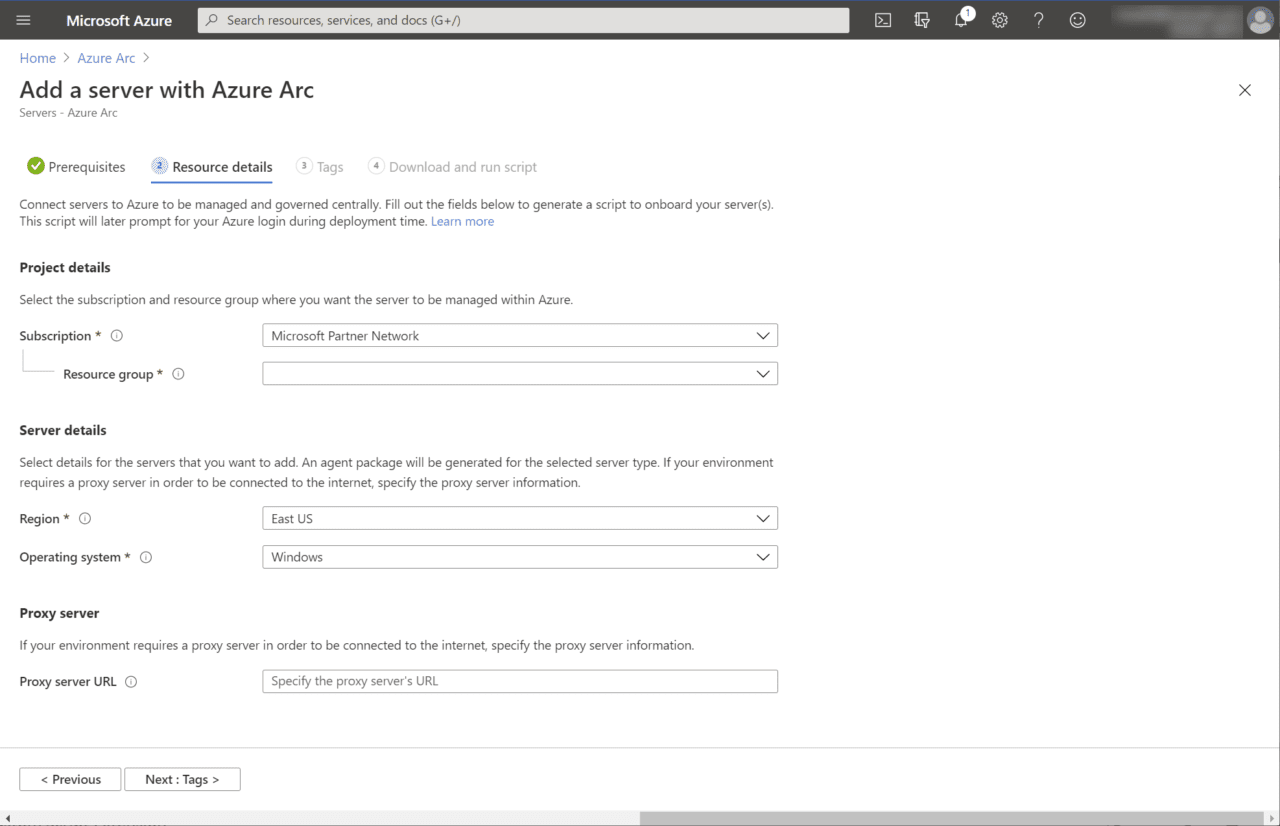Azure Arc Now Generally Available for Windows and Linux Servers
Released as a public preview after last year’s Microsoft Ignite conference, Azure Arc is designed to extend Azure’s management features to on-premises resources, like Windows and Linux servers, and servers hosted by other cloud service providers. Azure Arc can also be used to deploy Azure data services, like Azure SQL Managed Instances, on non-Azure infrastructure.
In a blog post published earlier this week, Corporate Vice President for Microsoft Azure, Julia White, says that since its launch, there has been a lot of interest and adoption of Azure Arc across all industries. Including companies like Africa’s Talking, Avanade, DexMach, Ferguson, Fujitsu, KPMG, and Siemens Healthineers. White goes on to say:
Customers can seamlessly organize and govern Windows and Linux servers—both physical and virtual machines (VMs)—across their multi-cloud, multi-edge environment, all from the Azure portal. Customers can now use Azure management services to monitor, secure, and update servers, and audit them with the same Azure Policy across multi-cloud and multi-edge deployments. In addition, customers can implement standardized role-based access control across all their servers to meet important compliance requirements.
Azure Arc-enabled servers feature set
Since I first looked at Azure Arc back in January this year, Microsoft has expanded the feature set considerably. At the time of writing, here is a list of features for Azure Arc-enabled servers:
- Assign Azure Policy guest configurations
- Report on configuration changes about installed software, Microsoft services, Windows registry and files, and Linux daemons on monitored servers using Azure Automation Change Tracking and Inventory
- Monitor operating system performance
- Discover application components to monitor their processes, and dependencies on other resources the application communicates with, using Azure Monitor for VMs
- Simplify deployment of Azure services, like Azure Automation State Configuration and Azure Monitor Log Analytics workspace, using the supported Azure VM extensions for non-Azure Windows or Linux servers. Including performing post-deployment configuration or software installation using the Custom Script Extension
- Use Update Management in Azure Automation to manage operating system updates for your Windows and Linux servers
- Include non-Azure servers for threat detection and proactively monitor for potential security threats using Azure Security Center
Azure Arc-enabled servers region availability
At the time of writing, Azure Arc-enabled servers are supported in the following Azure regions:
- West US 2
- West Central US
- South Central US
- East US 2
- East US
- UK South
- North Europe
- West Europe
- Australia East
- Southeast Asia
There are 15 other Azure regions that are due to receive Azure Arc-enabled servers by the end of 2020.
As is usually the case with Microsoft’s management products and services, there is a mix of services being brought together to offer a more complete capability for organizations that need to manage hybrid workloads. Azure Arc-enabled servers goes a long way to help simplify managing Windows and Linux servers, regardless of their physical location.




